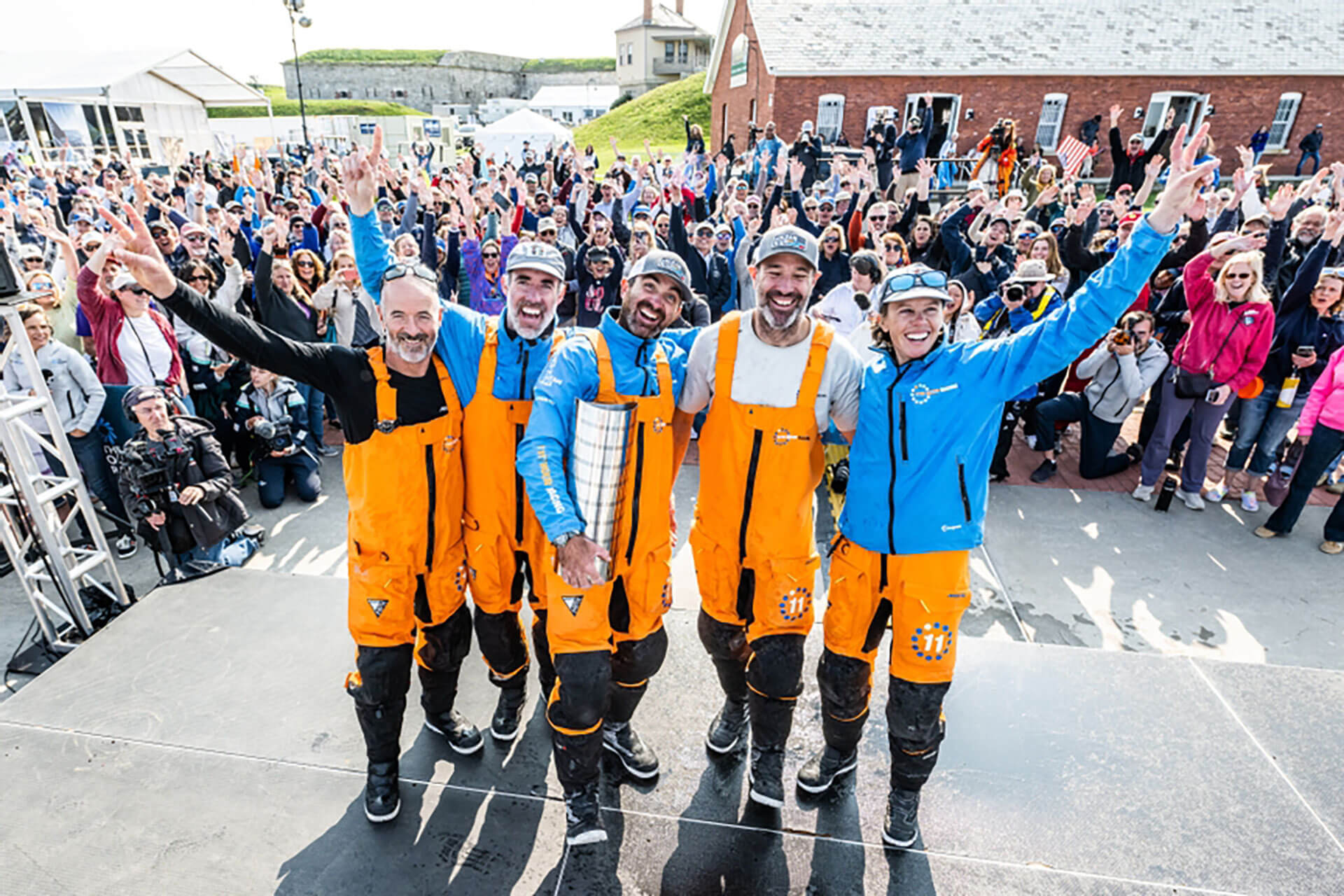
Surf guide: Learn how to do a proper Duck Dive
If you have already chosen the perfect surfboard for you and practiced the surf stance, you are ready to learn how to Duck Dive properly.
Duck dive is a technique surfers use to sink underwater with their surfboards and pass waves without having to swim over them. Surfers take years to develop a perfect duck dive technique, so it does take some time to master.
When duck diving properly, you will notice how you are wasting less energy and keeping your paddle power to catch more waves. If you want to start practising, you can do so on the ocean, swimming pool, lake…
Shortboards or small fish type surfboards
Not all types of surfboards can be used to duck dive. Surfers with a higher volume, like longboards or funboards can use a turtle roll to pass the break, so in order to do a duck dive you should have a shortboard, a fish board or a hybrid board.
Also, the more you weigh or the stronger you are, the more efficient your technique will be. The shape of the board plays an important factor too, as the narrower the nose and tail, the easier it becomes to duck dive.
There is no exact number as to how much volume a surfer can duck dive, however, to give you a general idea, you should be able to duck dive around 1 litre for every 4-4.5 pounds (2 kilograms) of your weight. For example, if you are an intermediate surfer weighing 175 pounds (about 80 kg), you may be able to duck dive a board that is around 41 litres.
Types of waves
There are two different types of waves you can duck dive:
- A broken wave (white-water wave)
- An unbroken wave
If you are going to duck-dive a wave that has been broken, you need to try and go under it. These waves are usually harder because the energy is going forward. Moreover, the white water extends beneath the surface, and the goal is to go beneath it but sometimes you will still feel the bubbles.
If the wave has not been broken, its energy flows in a circular motion. This is useful to get through the wave as you will get pulled by it and pushed out at the back.
Duck dive step by step
How to Rip shared a really useful video to understand the process of duck diving:
The trick when duck diving is to penetrate deep underwater and to use your knee and foot to get below the breaking or incoming wave. Broken down, the steps are:
- Paddle strongly towards the incoming wave
- Before it reaches you (1.5-3 metres) grab the surfboard’s rails with both hands
- Push off the board under the water and extend your arms
- Take a deep breath
- Move your body weight slightly forward
- Bury the nose of the board as deep as possible
- Your head should be facing down
- Move your dominant leg forward and use your foot or knee to push the tail of the board underwater
- Continue pushing your body forward until the board is entirely underwater
- If possible, open your eyes underwater and make sure you see the wave pass by
- When you feel the turbulence is gone, start ascending and resurface to begin paddling to avoid being dragged backwards.
Final touches
Remember that if you start duck diving too early you will not have the speed and momentum to go downward when the wave breaks. This is because your surfboard’s buoyancy will come back up and get hit by the wave.
Also, if done too late, you will hit the bottom of the white water and your board will get pushed out of your hands. Make sure you get as much paddle speed as possible and try not to rush when heading back to the surface, as you might get pulled back.
Practicing your duck dives in a pool could be a great chance to improve your technique before working on the timings in the ocean. When practising in the ocean, it becomes harder as you get pulled and pushed by waves, but do not get discouraged as it is part of the learning process!
If you liked this article and would like similar articles, we have a surf section on our News page and you can always check out the latest news on our social media: Facebook, Instagram and Twitter.
Images from World Surfers webpage













_v2.svg)
_v2.svg)









_v2.svg)


